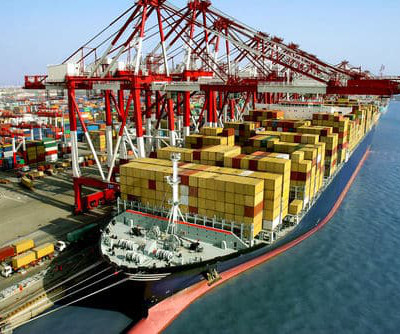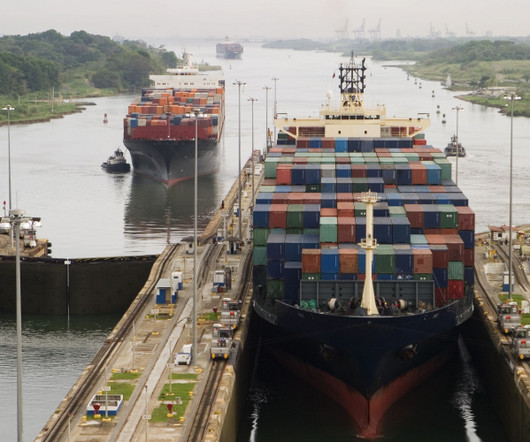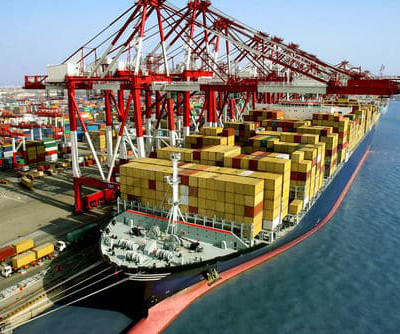Red Sea Ocean Transport Disruption Update
Supply Chain Matters
FEBRUARY 14, 2024
As we have noted in this thread of updates, to a further extent, shipments from Asia eastward that traverse the Panama Canal are an important added backdrop to ocean transport disruption impacts. In parallel is the assessing of the related restricted ship transit volumes surrounding the Panama Canal because of low water levels.
















Let's personalize your content